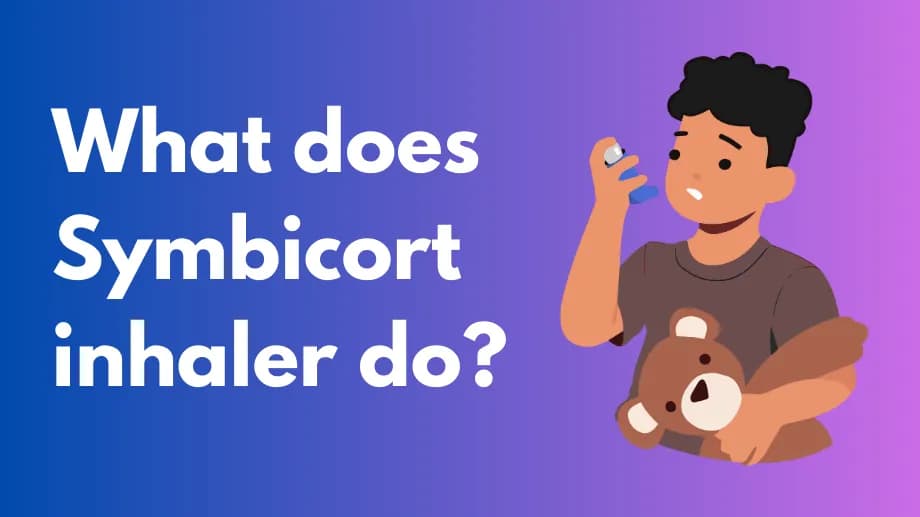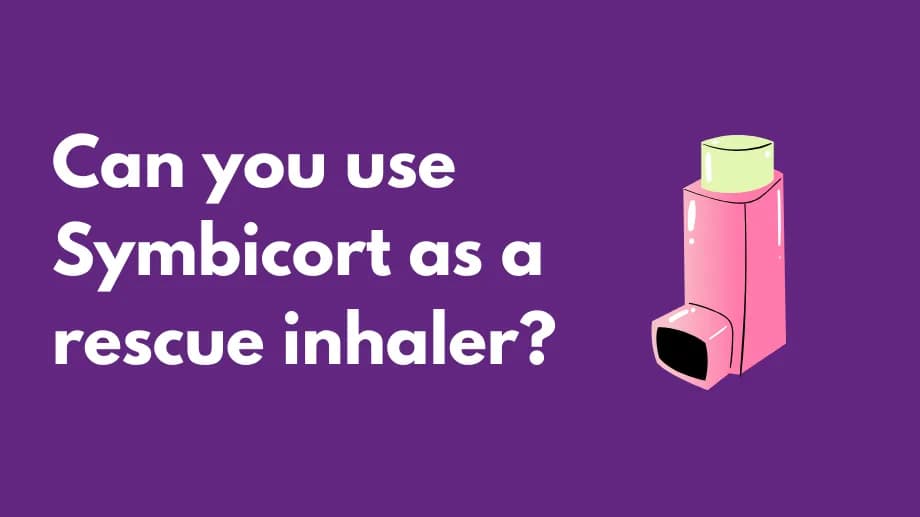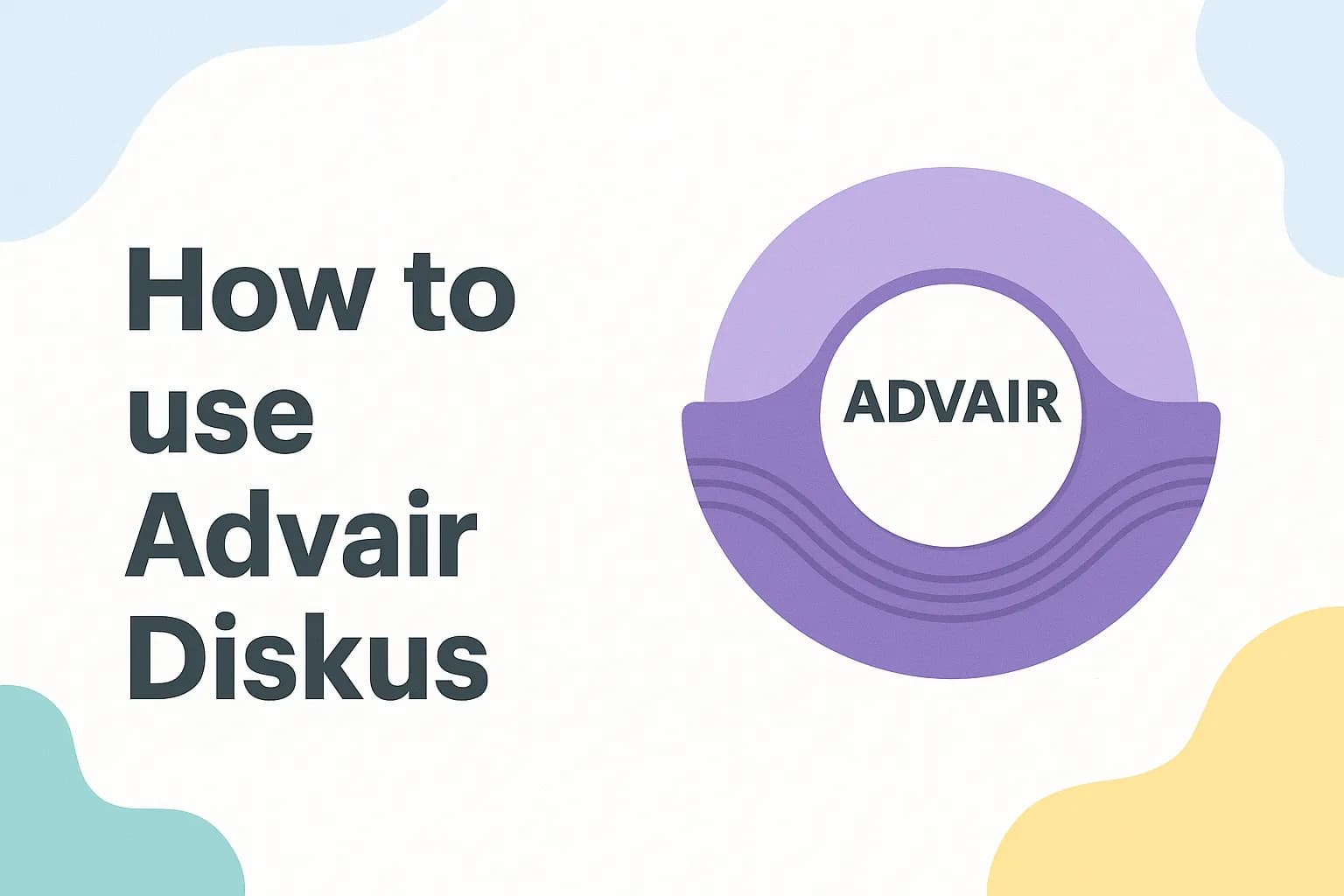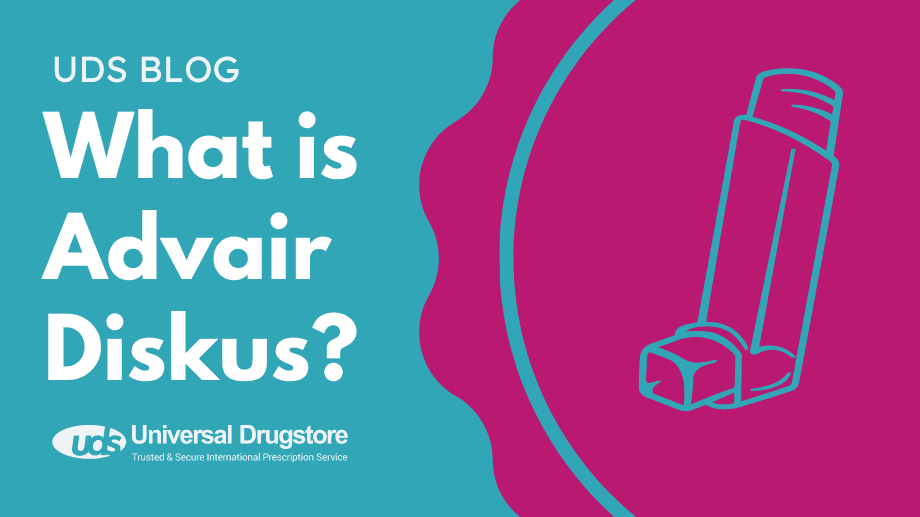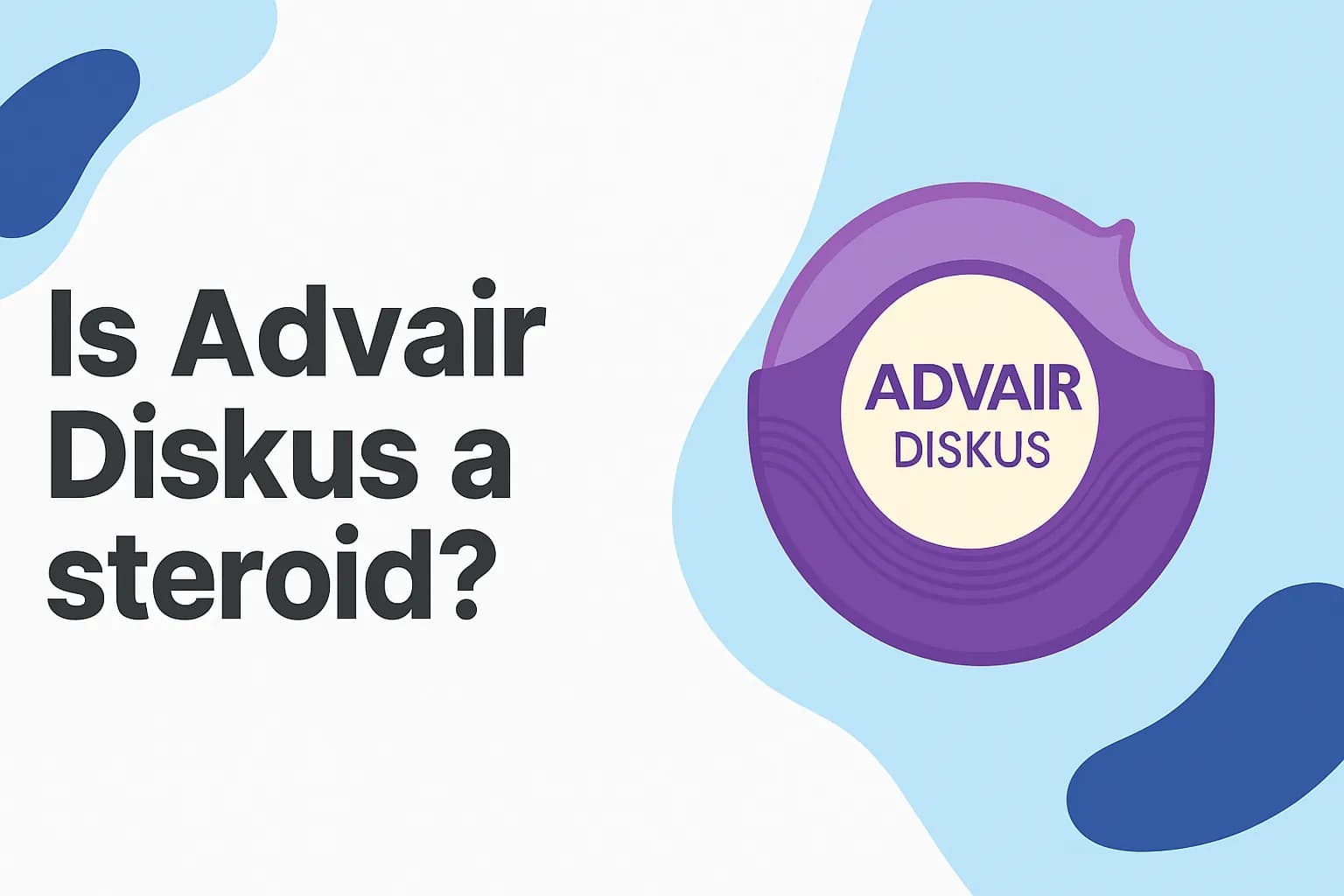What is chronic obstructive pulmonary disease (COPD)?
Chronic obstructive pulmonary disease (COPD) is a chronic inflammatory lung disease that causes obstructed airflow in your lungs. It was the fourth leading cause of death in the United States in 2018 and almost 15.7 million Americans (6.4%) reported that they have been diagnosed with COPD.
COPD can be caused by long-term exposure to irritants, most commonly cigarette smoke, air pollution, and workplace dust or fumes. COPD is characterized by increasing breathlessness, coughing, wheezing, and chest tightness. It is a progressive disease, meaning it typically worsens over time. There may also be periods when your symptoms suddenly get worse, which is called a flare-up or exacerbation.
In the United States, the term COPD refers to two main conditions:
- Emphysema: Damage to the walls between many of the air sacs in your lungs. Normally, these sacs stretch when you breathe in and deflate when you breathe out. In emphysema, it becomes harder for your lungs to expel air.
- Chronic bronchitis: Repeated or constant inflammation in the lining of your airways causes thick mucus and phlegm to form, making it harder to breathe.
There is no cure for COPD. However, treatments can help relieve symptoms, slow disease progression, and increase life expectancy.
What causes COPD?
Tobacco smoke is the main cause of COPD, accounting for up to 90% of cases. Other risk factors include:
- Environmental exposures such as chemical fumes, dust, secondhand smoke, and industrial pollutants
- A rare genetic condition called alpha-1 antitrypsin deficiency
- Severe or repeated respiratory infections during childhood or adulthood
- Indoor air pollution from biomass fuels used for cooking and heating in poorly ventilated homes
While multiple factors can contribute, cigarette smoking remains the single most significant risk factor for developing COPD.
What are the symptoms of COPD?
Symptoms can vary, but common ones include:
- Shortness of breath, especially during activity and, in advanced cases, at rest
- Chronic cough producing mucus that may be clear, white, yellow, or greenish
- Wheezing, a whistling or squeaky sound when breathing
- Chest tightness or pressure
- Fatigue and general tiredness due to decreased oxygen levels
- Frequent respiratory infections such as colds, flu, or pneumonia
- Blue lips or fingertips (cyanosis) when oxygen levels are very low
- Unintended weight loss in severe cases
- Swelling in ankles, feet, or legs due to circulatory effects
If you experience any of these signs or symptoms, contact your healthcare provider promptly. Do not wait until you need emergency care.
How is COPD diagnosed?
Diagnosing COPD involves several steps:
- Medical history review, including symptoms, smoking history, and exposure to lung irritants
- Physical exam, listening to your lungs with a stethoscope for wheezing or crackles
- Spirometry, a breathing test measuring how much air you inhale and exhale and how quickly you exhale
- Other lung function tests such as lung volume measurements and diffusion capacity tests
- Imaging tests like chest X-rays or CT scans to rule out other conditions and assess lung damage
- Blood tests to measure oxygen and carbon dioxide levels and to check for alpha-1 antitrypsin deficiency
- Exercise testing in some cases to see how exercise affects your breathing and oxygen levels
Based on these results, your provider can confirm a COPD diagnosis, assess its severity, and develop a personalized treatment plan.
How is COPD treated?
Treatment aims to relieve symptoms, improve quality of life, prevent progression, and reduce flare-ups. It typically includes:
- Smoking cessation and avoidance of lung irritants
- Medications:
- Bronchodilators to relax airway muscles (short-acting and long-acting)
- Inhaled corticosteroids to reduce airway inflammation
- Phosphodiesterase-4 inhibitors to decrease lung inflammation
- Antibiotics or antivirals during infection-related exacerbations
- Pulmonary rehabilitation combining exercise training, education, and support
- Oxygen therapy for those with low blood oxygen levels
- Vaccinations, including annual flu shots and pneumococcal vaccines
- Lifestyle changes such as balanced diet, regular physical activity, and stress management
- Surgical options in select cases, including lung volume reduction surgery or lung transplantation
What are the complications of COPD?
People with COPD are more likely to experience:
- Limitations in daily activities such as walking or climbing stairs
- Inability to work or maintain independence
- Memory loss or confusion
- Need for portable oxygen equipment
- Social withdrawal and reduced participation in activities
- Emergency room visits or hospitalizations
- Additional chronic conditions like congestive heart failure, coronary artery disease, diabetes, or asthma
- Depression or other mental health challenges
Sources
- COPD-Basics. Centers for Disease Control and Prevention. Accessed Apr. 10, 2024.
- What is COPD? National Heart, Blood, and Lung Institute. Accessed Apr. 10, 2024.
- Chronic obstructive pulmonary disease (COPD). World Health Organization. Accessed Apr. 10, 2024.
- Learn About COPD. American Lung Association. Accessed Apr. 10, 2024.
- Merck Manual. Chronic Obstructive Pulmonary Disease COPD. Accessed Apr. 10, 2024.

